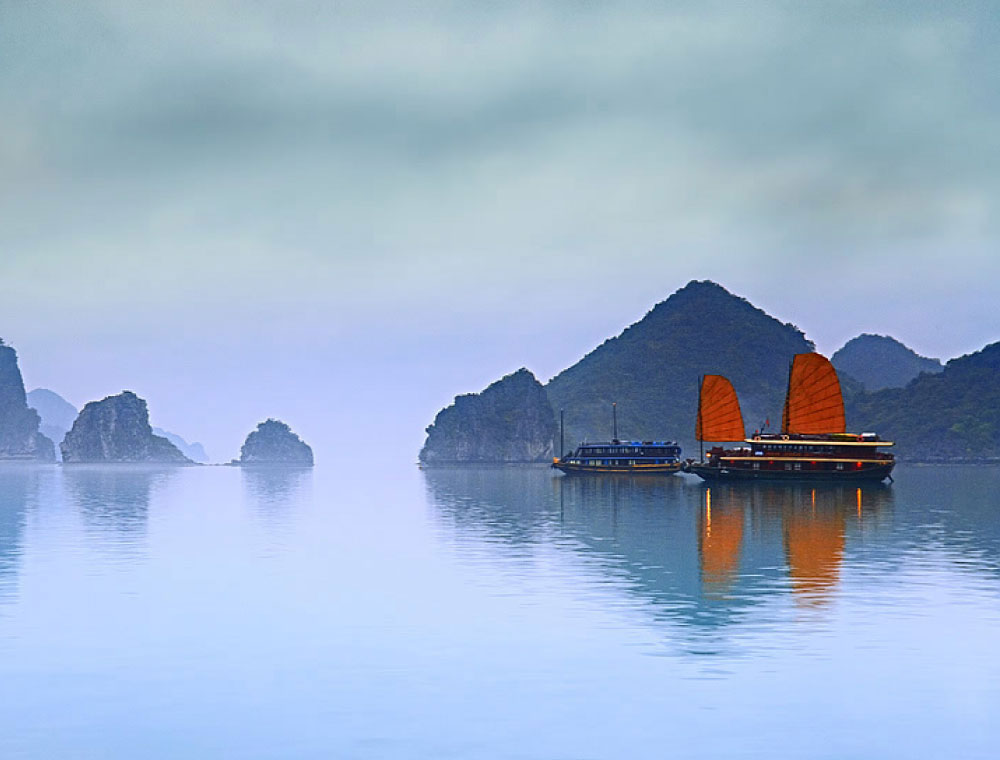PO NAGAR TEMPLE
The Po Nagar Temple complex is a well-preserved example of Cham architecture from the 7th to 12th centuries. The largest tower is 23-metres high and was built in 817 AD. Originally consisting of eight towers, four still remain. The towers are surrounded flowers and trees and sit on a small hill overlooking the picturesque Nha Trang harbor.
LONG SON PAGODA
Nha Trang’s best known pagoda was built in 1963 and is renowned for its unusual image of the Buddha, backlit with natural light. Outside the sanctuary a 9m high white Buddha sits on a hilltop overlooking the city.
OCEANOGRAPHIC INSTITUTE
Founded in 1923, the institute has an extensive library, some indoor and outdoor aquariums, and a huge whale skeleton. Interestingly, the world's most famous oceanographer, Jacques Cousteau, started his career here in 1933 when it was known as the French Institute d'Oceanographique.
BAO DAI VILLA
This complex of five villas offers a panoramic view of Nha Trang Bay and is a former residence of Vietnam's last emperor.
MUSEUM OF DR.YERSIN
The Yersin Museum, housed within the Pasteur Institute, is a tribute to Dr. Alexandre Yersin. Yersin spent much of his life in Nha Trang and introduced rubber and coffee plantations to Vietnam. The Museum contains lab. equipment, a library, and slides of his visits to different regions of Vietnam in the late 19th century.
NHA TRANG CATHEDRAL
Built between 1928 and 1933 in the French Gothic style, complete with stained glass windows, Nha Trang Cathedral stands on a small hill overlooking the train station. It's a surprisingly elegant building, given that it was constructed of simple cement blocks. A particularly colourful Vietnamese touch is the red neon outlining the crucifix, the pink back-lighting on the tabernacle and the blue neon arch and white neon halo over the statue of St Mary.
In 1988 a Catholic cemetery not far from the church was disinterred to make room for a new railway building. The remains were brought to the Cathedral and reburied in the cavities behind the wall of plaques that line the ramp up the hill.
